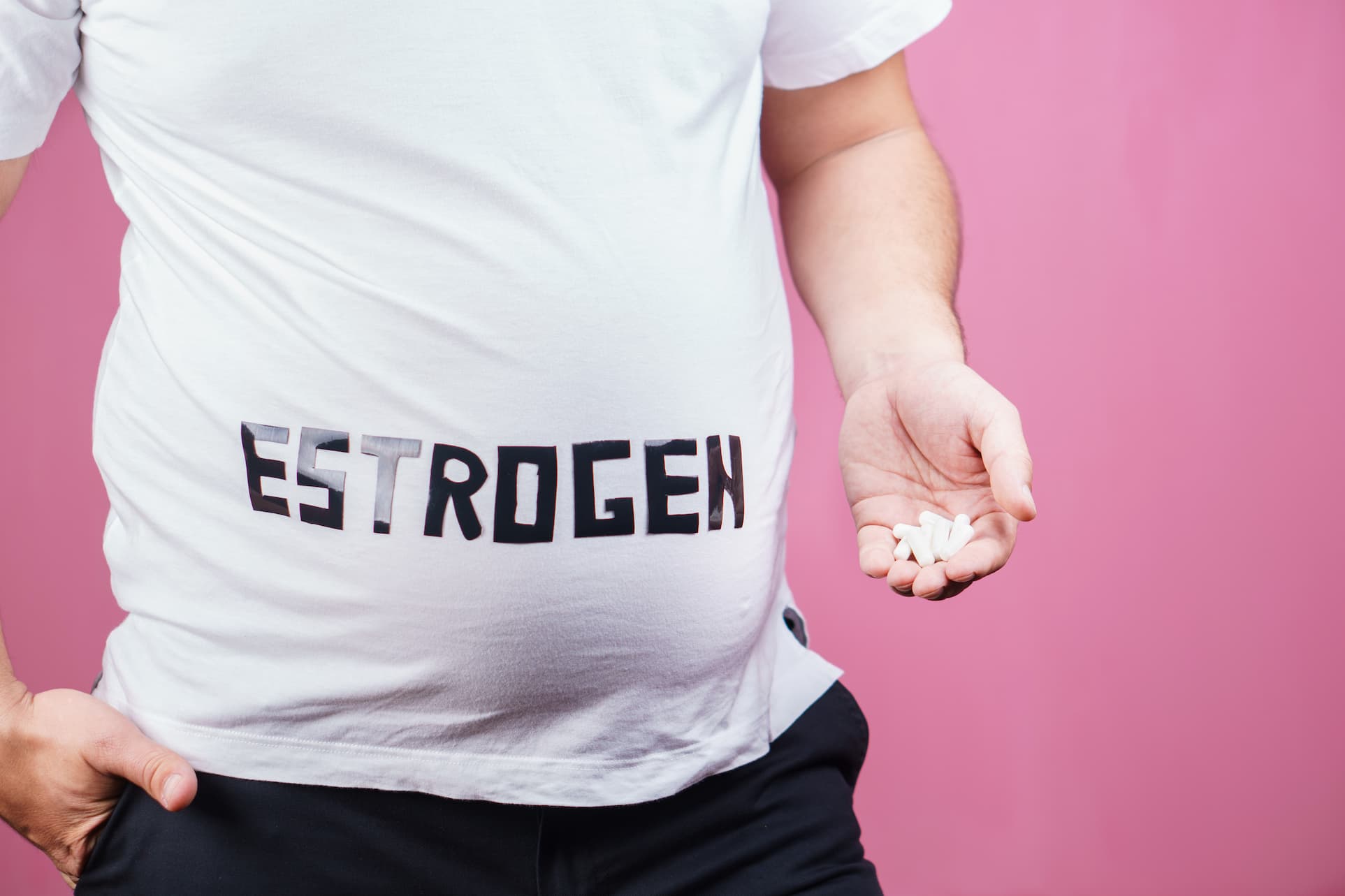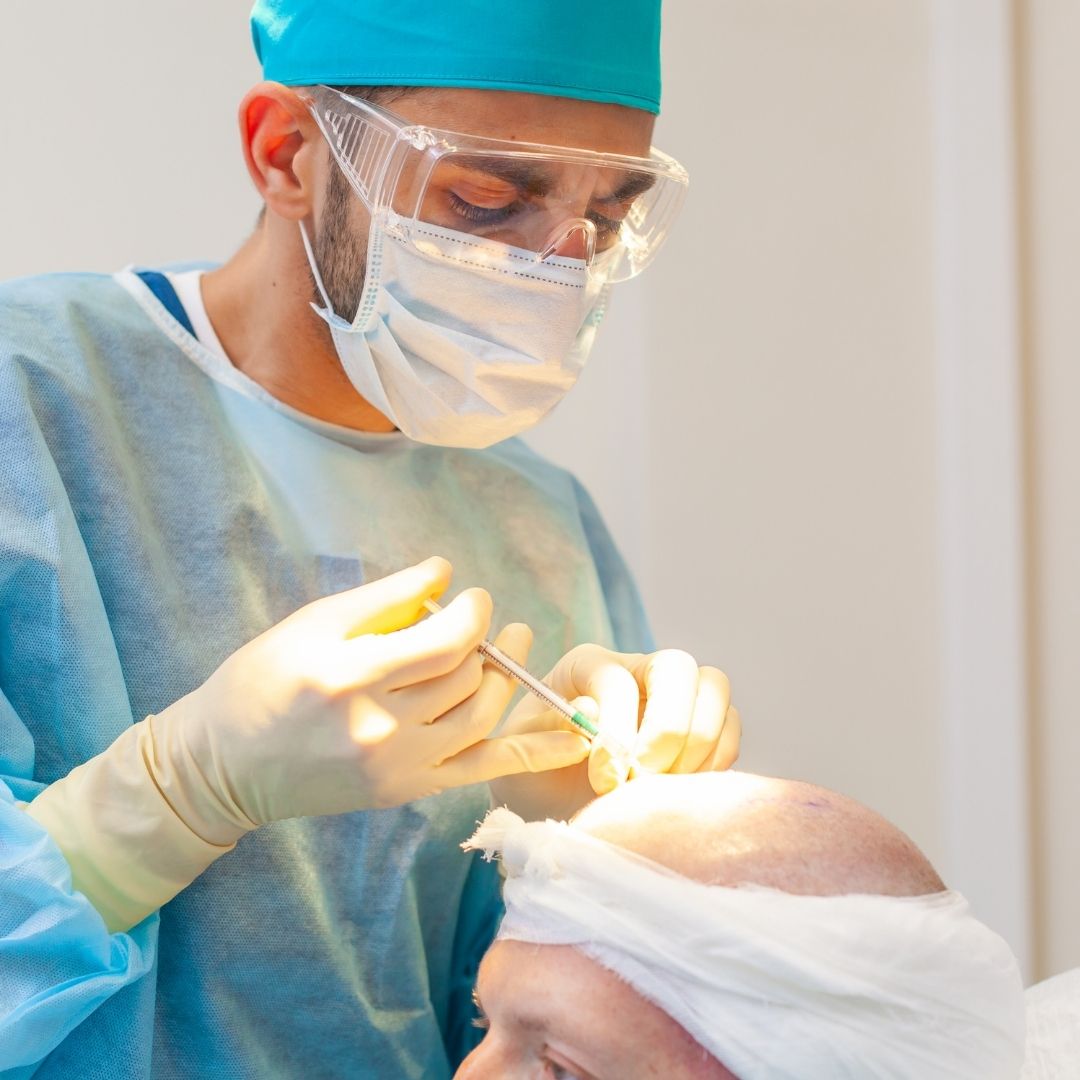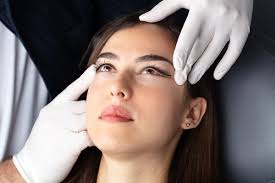
Hormonal Imbalances and Gynecomastia
Gynecomastia is a condition that causes an increase in the size of the breast tissue that is found in men. This condition is sometimes referred to as “male breasts.” There is a possibility that this condition was caused by a combination of factors, one of which is an imbalance in the hormones. Hormones are critical components in the processes that lead to the development and maintenance of breast tissue in both men and women..
This is because hormones play a role in both of these processes. In this article, we will investigate the link between hormonal imbalances and gynecomastia, as well as the various treatment options that are currently available. In addition, we will discuss the possible causes of hormonal imbalances.
Hormones and Gynecomastia
In males, the primary hormones involved in the development and regulation of breast tissue are testosterone and estrogen. Testosterone is the primary male sex hormone, and it is responsible for the development of male physical characteristics such as facial hair, a deep voice, and muscle mass. Estrogen, on the other hand, is the primary female sex hormone, and it is responsible for the development of female physical characteristics such as breast tissue and a curvier body shape.
In males, estrogen is produced in small amounts by the adrenal glands and testes. In normal circumstances, testosterone production is much higher than estrogen production. However, in some cases, the balance between these hormones can become disrupted, leading to an excess of estrogen relative to testosterone. This hormonal imbalance can cause the development of breast tissue in men, leading to gynecomastia.

Causes of Hormonal Imbalances
Hormonal imbalances can be caused by a variety of factors, including age, medication use, underlying health conditions, and lifestyle factors. As men age, their testosterone levels naturally decrease, while their estrogen levels can remain stable or increase, leading to hormonal imbalances. Certain medications, such as anabolic steroids, anti-androgens, and some antidepressants, can also cause hormonal imbalances and gynecomastia in men. Health conditions such as liver disease, kidney disease, and thyroid disorders can also disrupt hormone levels.
Additionally, lifestyle factors such as stress, lack of exercise, and poor nutrition can also contribute to hormonal imbalances. Identifying the underlying cause of hormonal imbalances is crucial for effective treatment and management of associated conditions such as gynecomastia. There are several factors that can cause hormonal imbalances in men, including:
Aging: As men age, their testosterone levels naturally decrease, while their estrogen levels can remain stable or increase. This hormonal shift can lead to the development of gynecomastia in older men.
Medications: Certain medications, such as anabolic steroids, anti-androgens, and some antidepressants, can cause hormonal imbalances in men, leading to gynecomastia.
Health conditions: Certain health conditions, such as liver disease, kidney disease, and thyroid disorders, can cause hormonal imbalances in men, leading to gynecomastia.
Treatment Options for Hormonal Imbalances and Gynecomastia
The treatment options for gynecomastia brought on by hormonal imbalances are contingent upon the underlying cause of the hormonal imbalance that brought about the condition. Once the hormonal imbalance is resolved, gynecomastia may go away on its own in some cases. Other cases require surgical correction. For instance, in situations in which gynecomastia is brought on by the use of medication, discontinuing the use of the medication might solve the problem.
In some instances, it may be necessary to take medication in order to correct the hormonal imbalance. In men who have low levels of testosterone, testosterone replacement therapy, also known as TRT, may be used to restore testosterone levels. In situations in which the hormonal imbalance is brought on by an excessive amount of estrogen, a medication that blocks the effects of estrogen on breast tissue may be used to treat the condition.
In more extreme cases of gynecomastia, a surgical procedure to remove the enlarged breast tissue may be required. The removal of excess breast tissue, either through liposuction or surgical excision, is a necessary step in the surgical procedure that is known as male breast reduction surgery.
Which Hormone Is Responsible for Gynecomastia?
Hormonal imbalances and gynecomastia is a condition where men develop enlarged breast tissue, which can be a source of embarrassment and discomfort. One of the hormones responsible for this condition is estrogen, which is typically associated with female sexual characteristics. Men also produce estrogen in small amounts, but when the balance of hormones in the body is disrupted, such as in cases of liver disease or certain medications, estrogen levels can rise and lead to gynecomastia. Additionally, testosterone levels may be reduced, which can further contribute to the development of this condition. In some cases, treatment of the underlying hormonal imbalance can help reduce the symptoms of gynecomastia.
The Study of Hormonal Imbalances and Gynecomastia
A recent study conducted by the National Institute of Health (NIH) examined the relationship between hormonal imbalances and gynecomastia in a cohort of 500 men with the condition. The study found a strong correlation between elevated estrogen levels and the development of gynecomastia, particularly in cases where the underlying cause was medication use or liver disease. This research underscores the importance of addressing hormonal imbalances in the management of gynecomastia and highlights the potential effectiveness of hormone therapy as a treatment option.
Can Balancing Hormones Reduce Gynecomastia?
Balancing hormones can potentially reduce gynecomastia, as this condition is often caused by an imbalance in hormone levels. Gynecomastia is commonly associated with high levels of estrogen relative to testosterone in men. Treatment for gynecomastia often involves identifying and addressing the underlying cause of the hormonal imbalance. For example, liver disease or medication use may be contributing factors. In cases where hormonal imbalances are the cause, hormone therapy may be recommended to help restore balance.
Hormone therapy can include medications that increase testosterone levels or reduce estrogen levels. In some cases, surgery may be necessary to remove excess breast tissue. However, before any treatment is pursued, it is important to consult with a healthcare professional to properly diagnose the underlying cause of gynecomastia and develop an appropriate treatment plan.
Healthy Türkiye Notes
The development of gynecomastia in men is sometimes brought on by hormonal imbalances. This condition can be brought on by a number of different things, such as getting older, taking certain medications, or having certain health problems. The treatment options available for gynecomastia brought on by hormonal imbalances are contingent on the etiology of the hormonal imbalance causing the condition.
In some instances, the condition might get better on its own, but in others, treatment with medication or surgical intervention might be required. It is critical that you have a conversation with your healthcare provider if you are experiencing any symptoms of gynecomastia. Your healthcare provider will be able to determine the underlying cause of your condition as well as the most effective treatment option for you.



